Case Study: Audit of Design Solutions for a Mixed-Use Complex, Vilshanska Street 2–6

A full audit and optimization study of a planned mixed-use complex located on Vilshanska Street. The project aimed to assess the existing design, identify regulatory and market inefficiencies, and develop a set of architectural, functional, and financial recommendations to enhance the project’s viability, compliance, and long-term value.
Project Overview
The audit included a comprehensive evaluation of design documentation, site characteristics, market context, and financial indicators.
The scope of work covered:
- Assessment of architectural and planning solutions;
- Compliance check with building regulations and urban codes;
- Analysis of transport and pedestrian accessibility;
- Market benchmarking of surrounding retail, services, and leisure infrastructure;
- Identification of project risks and inefficiencies;
- Development of an alternative design and business model improving market fit and profitability.
The study resulted in a detailed roadmap for project adaptation, ensuring regulatory compliance and improved functional balance between residential, commercial, and public areas.
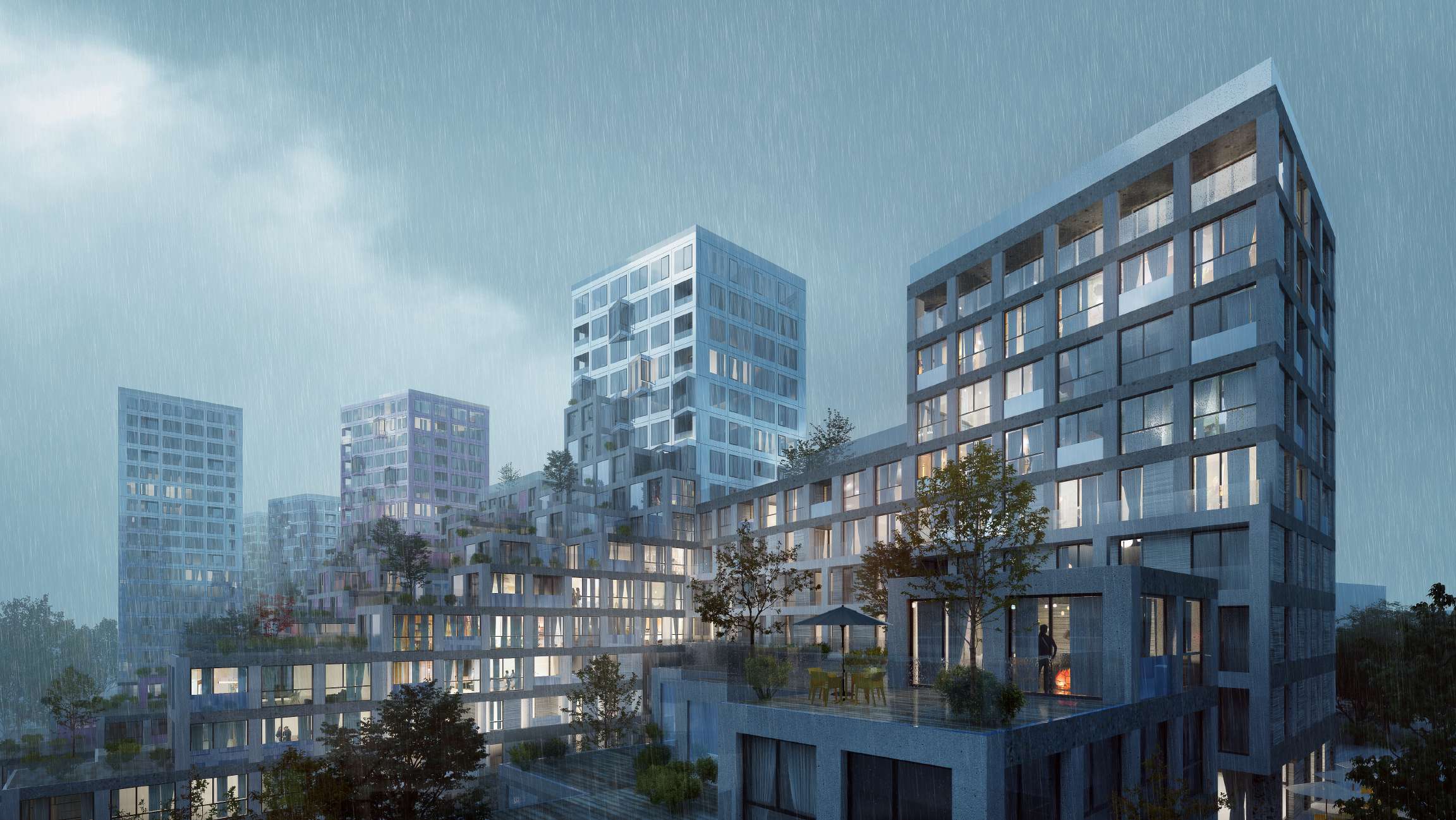
Strategic Significance
The audit demonstrated the value of data-based project diagnostics in complex urban developments. By integrating technical, architectural, and financial perspectives, the study established a clear strategy for improving functional efficiency, enhancing user comfort, and ensuring compliance with modern urban standards. This approach provides a framework for aligning investor objectives with real market conditions and sustainable design principles.
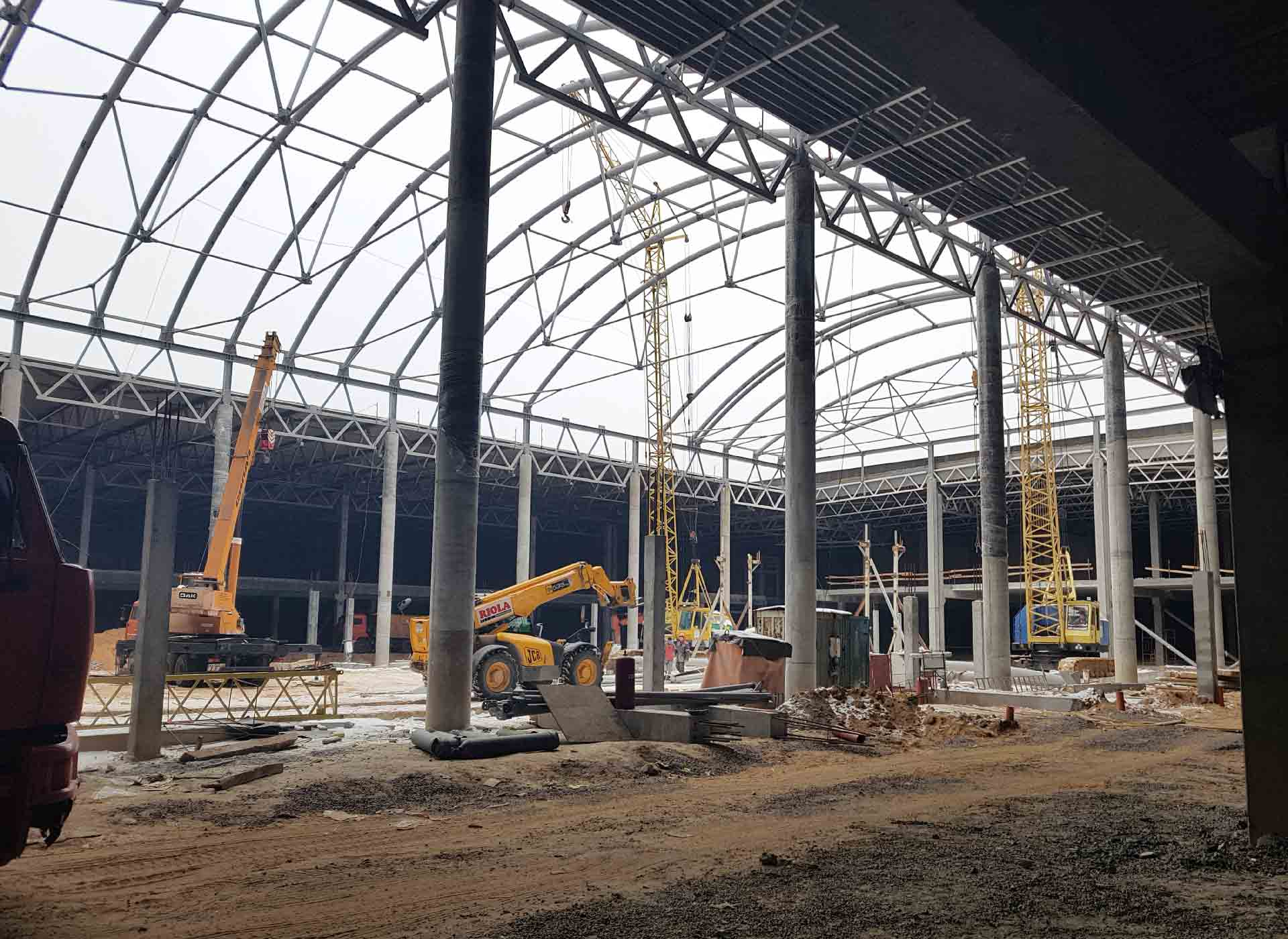
Scale & Programme
- Functions Analyzed: Residential, commercial, retail, parking, public facilities
- Key Flows Studied: Residents, visitors, service, vehicle, and MGN (inclusive mobility)
- Main Components Reviewed: Parking layout, circulation, sunlight exposure, safety, and privacy
- Alternative Concept: Reduced oversized retail zones, optimized parking, introduced private and community areas
- Financial Modelling: Three development scenarios - land acquisition, sale (80–85%), and operational management

Key Challenges & Solutions Implemented
- Design inconsistencies with building codes (insolation, fire access, inclusivity)
- Parking deficit of 30% compared to regulatory norms
- Oversized commercial spaces with low absorption potential
- Conflicting flows between residents and retail visitors
- Limited social and recreational infrastructure within the complex
Economic Impact
The audit transformed raw project data into a roadmap for market efficiency and regulatory compliance - unlocking real value for investors and developers.
- 20+ competitor sites analysed across retail, services, and leisure sectors
- 5,900 pedestrian and 24,700 vehicle trips/day modelled for accessibility assessment
- 9 major DСN compliance gaps identified and resolved through design optimization
- +15–20% projected ROI increase after functional and spatial adjustments
- 80–85% sell-out scenario validated through financial modelling
By aligning architecture, regulation, and market demand, the project shifted from high-risk to high-performance - setting a precedent for data-driven adaptive development in urban real estate.
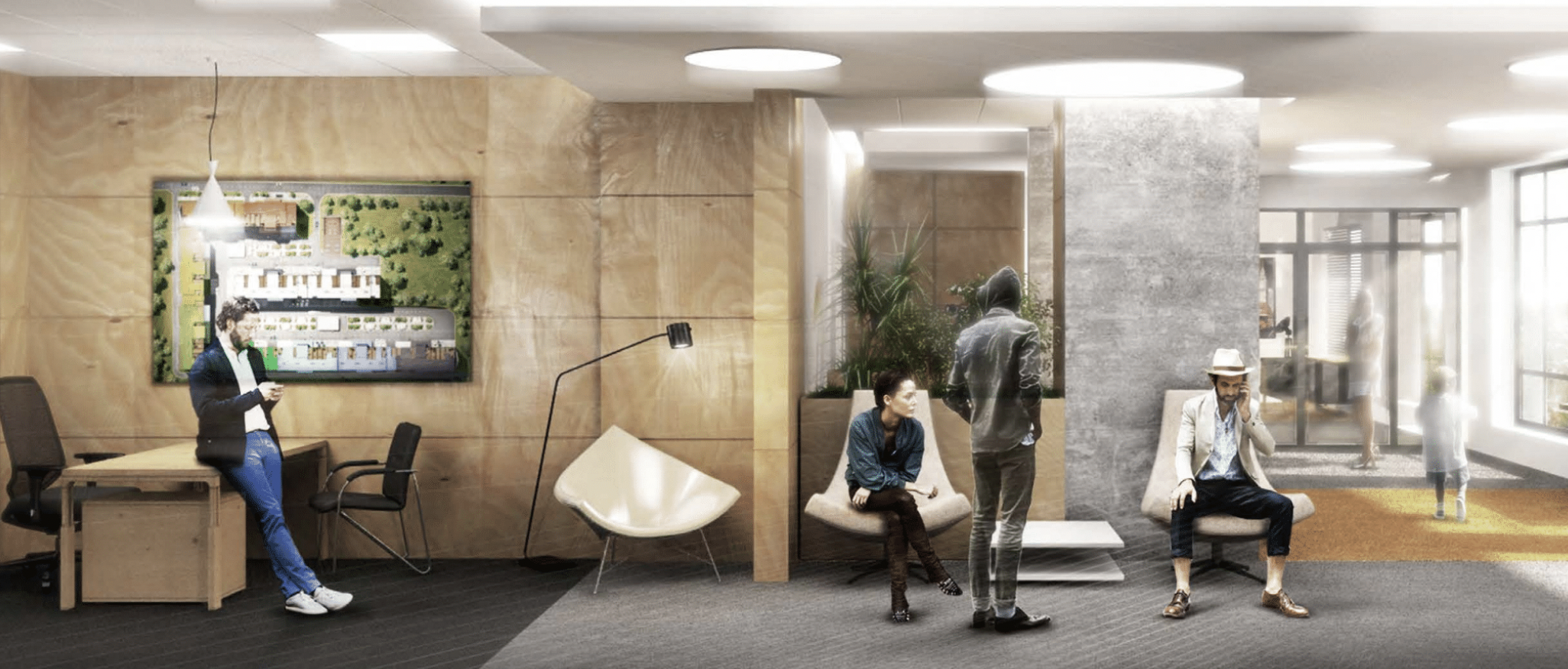
Result
The audit revealed key architectural, regulatory, and market risks within the initial design while providing a clear optimization pathway. An alternative concept was developed to enhance efficiency, regulatory compliance, and market appeal. Financial modelling confirmed project sustainability under optimized spatial and functional parameters.
The final recommendations improved daylight access, parking ratios, and resident privacy, while balancing commercial space supply with realistic demand - ensuring greater adaptability and long-term investment stability.

The Vilshanska Mixed-Use Complex audit illustrates how analytical design review and financial modeling can transform development risk into opportunity. Through detailed benchmarking, regulatory diagnostics, and spatial optimization, the project evolved into a more balanced, efficient, and market-aligned urban asset - ready for successful implementation and long-term performance.
Get Your Express Architectural Analysis

Proven Results.Featured Work.
.png)
.svg)
.png)
.png)
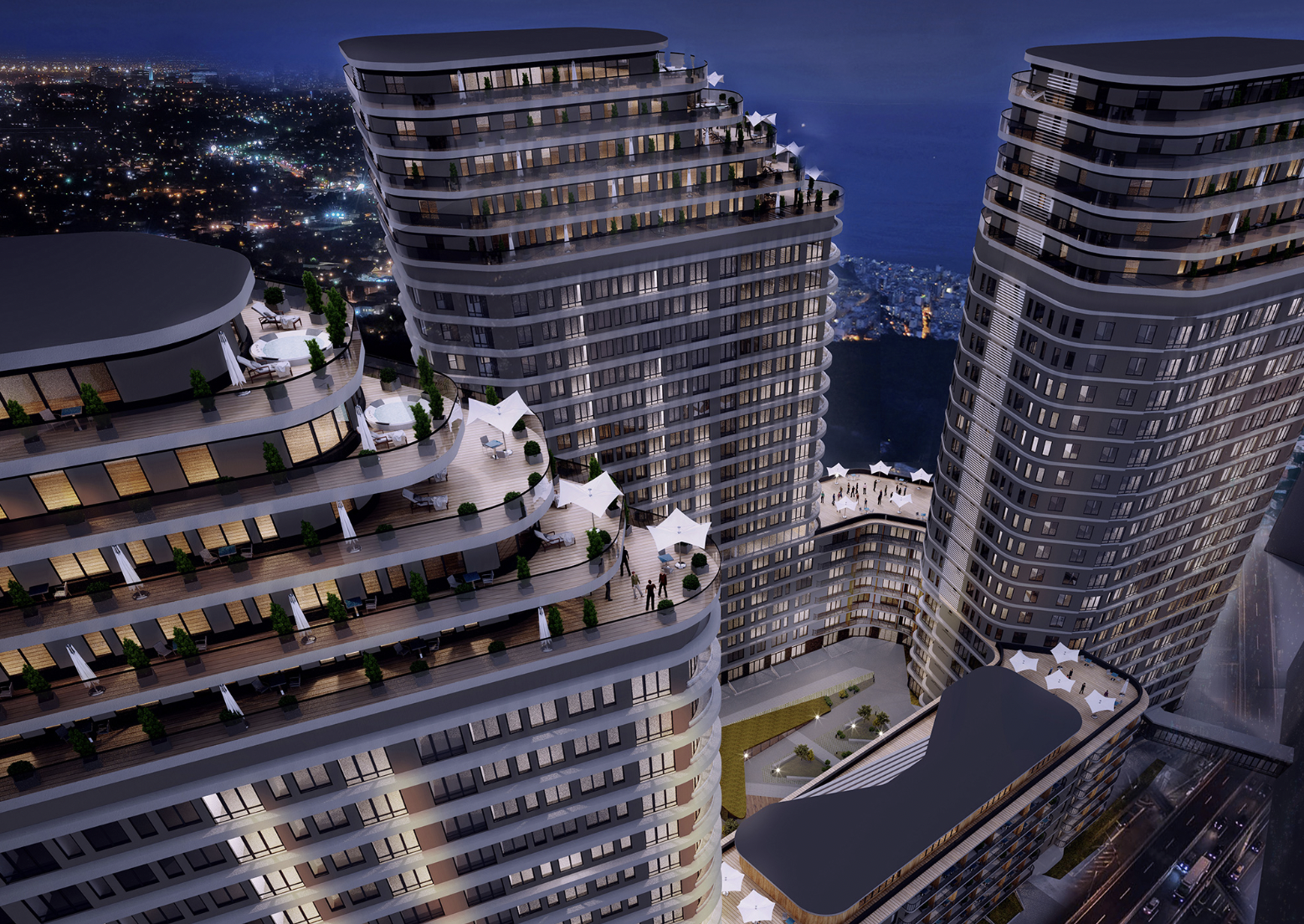
.svg)

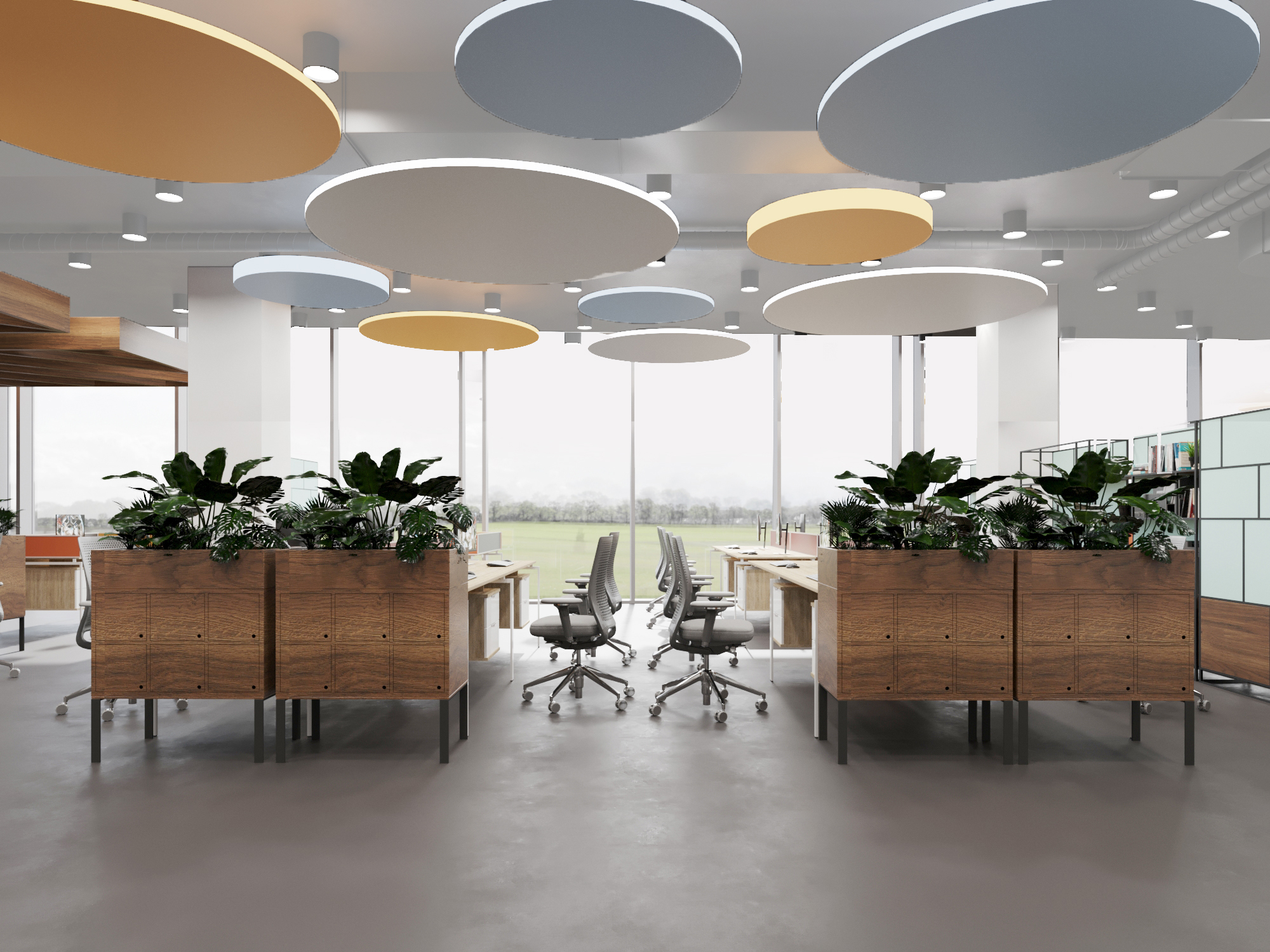


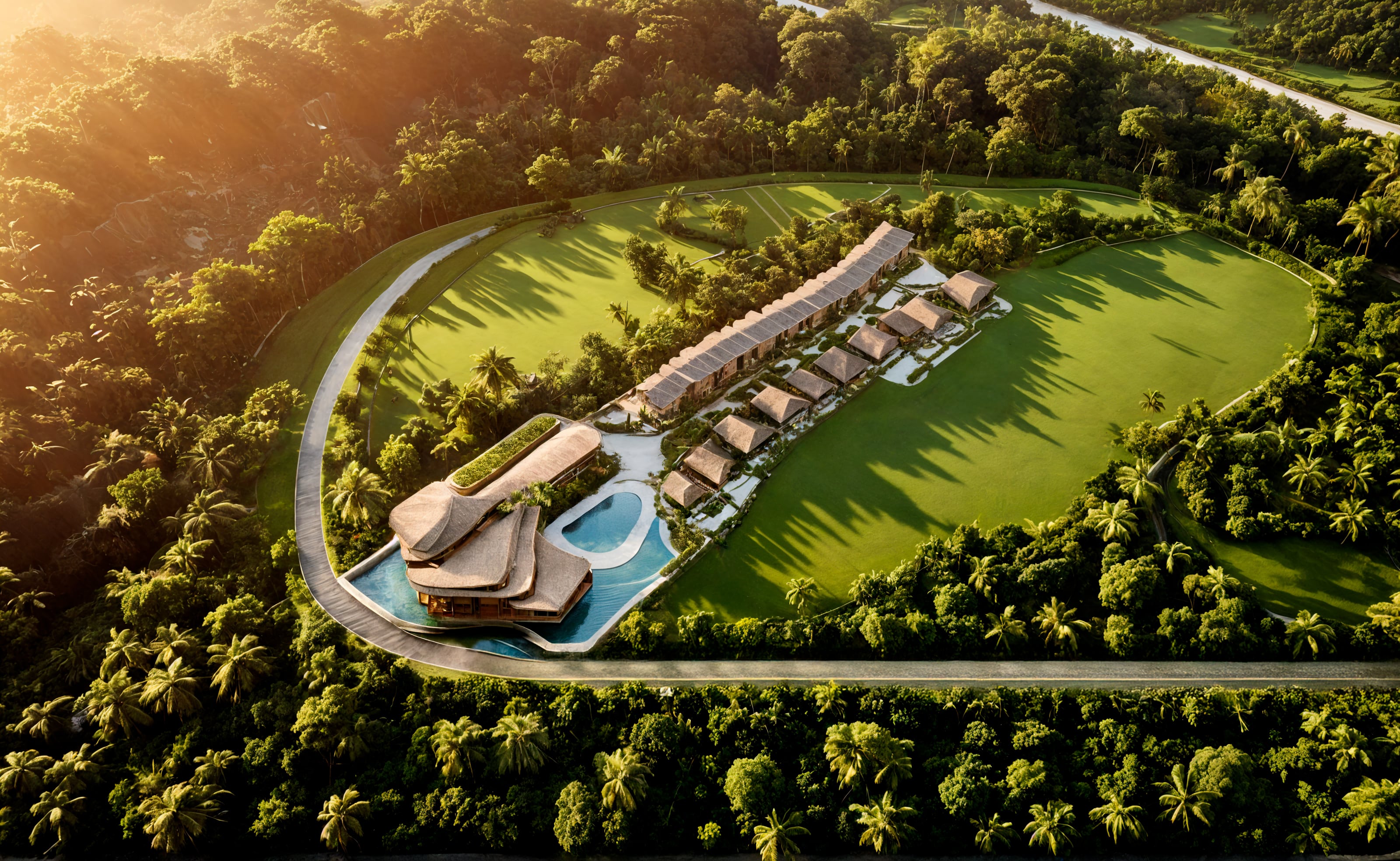
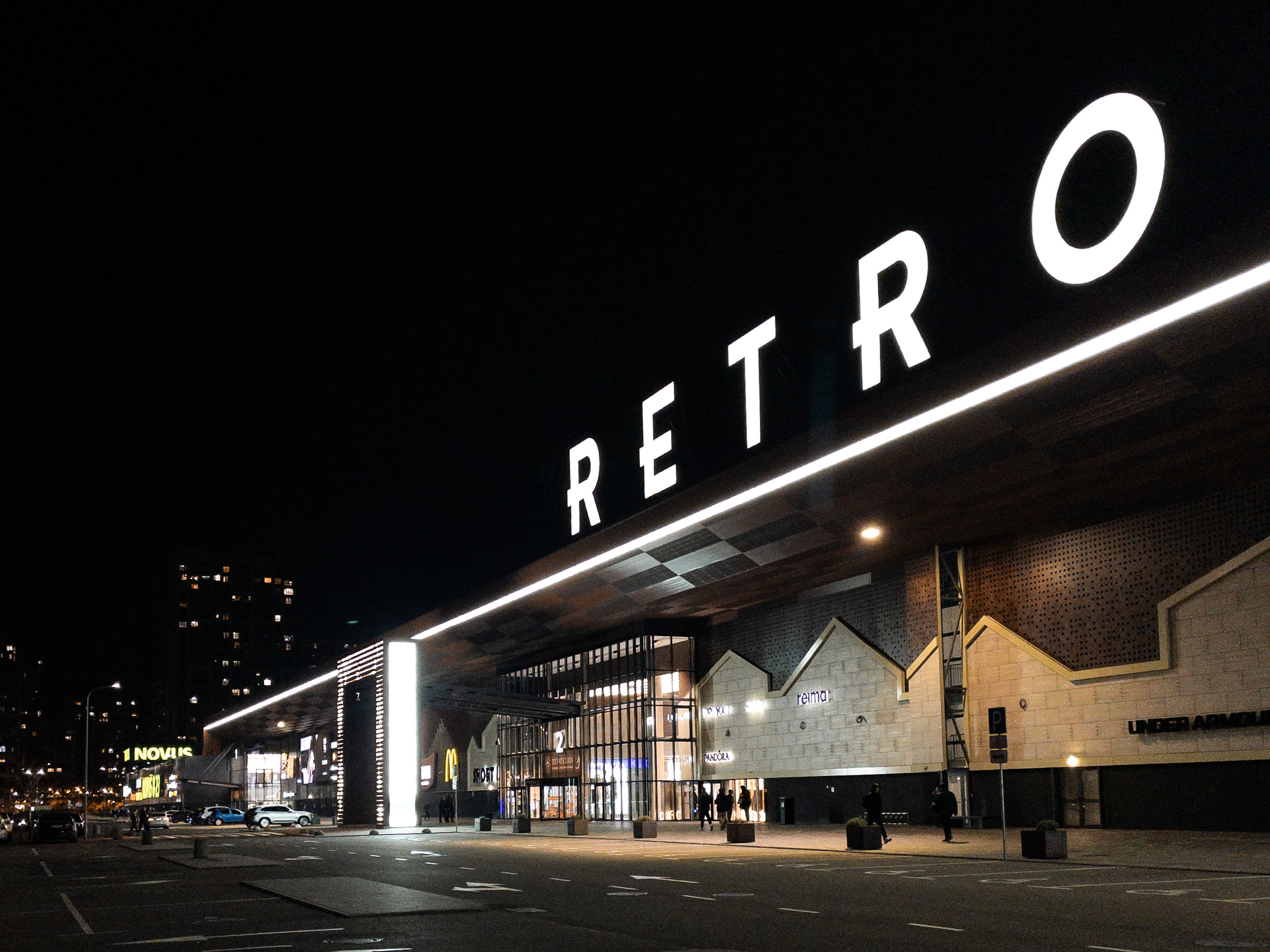

.svg)




